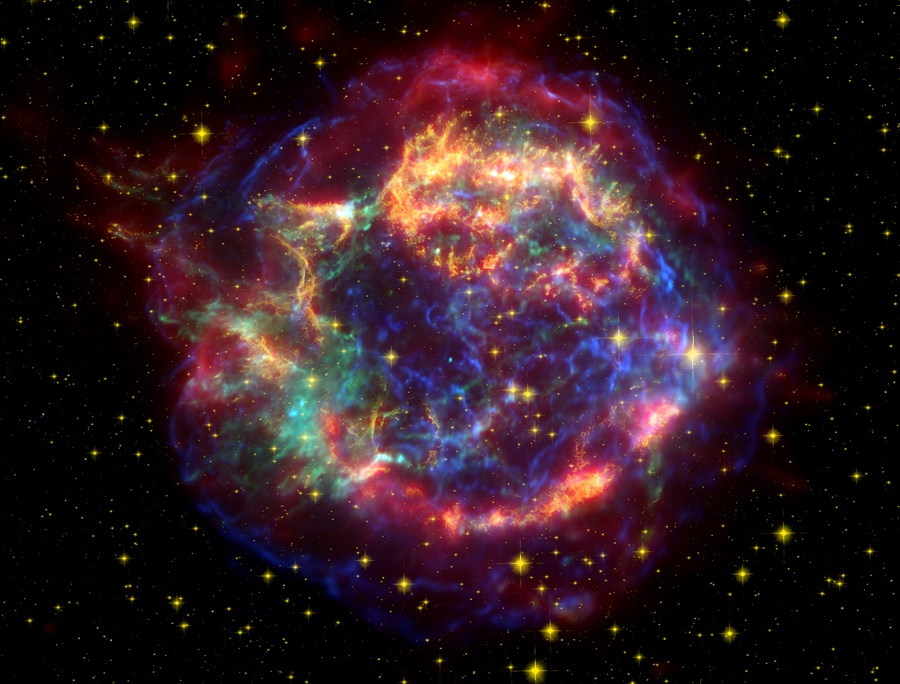
Imagine being able to view microscopic aspects of a classical nova, a massive stellar explosion on the surface of a white dwarf star (about as big as Earth), in a laboratory rather than from afar via a telescope.
Cosmic detonations of this scale and larger created many of the atoms in our bodies, says MSU’s Christopher Wrede, who presented at the American Association for the Advancement of Science meeting. A safe way to study these events in laboratories on Earth is to investigate the exotic nuclei or “rare isotopes” that influence them. “Astronomers observe exploding stars and astrophysicists model them on supercomputers,” said Wrede, physics assistant professor, MSU...
Read More







Recent Comments